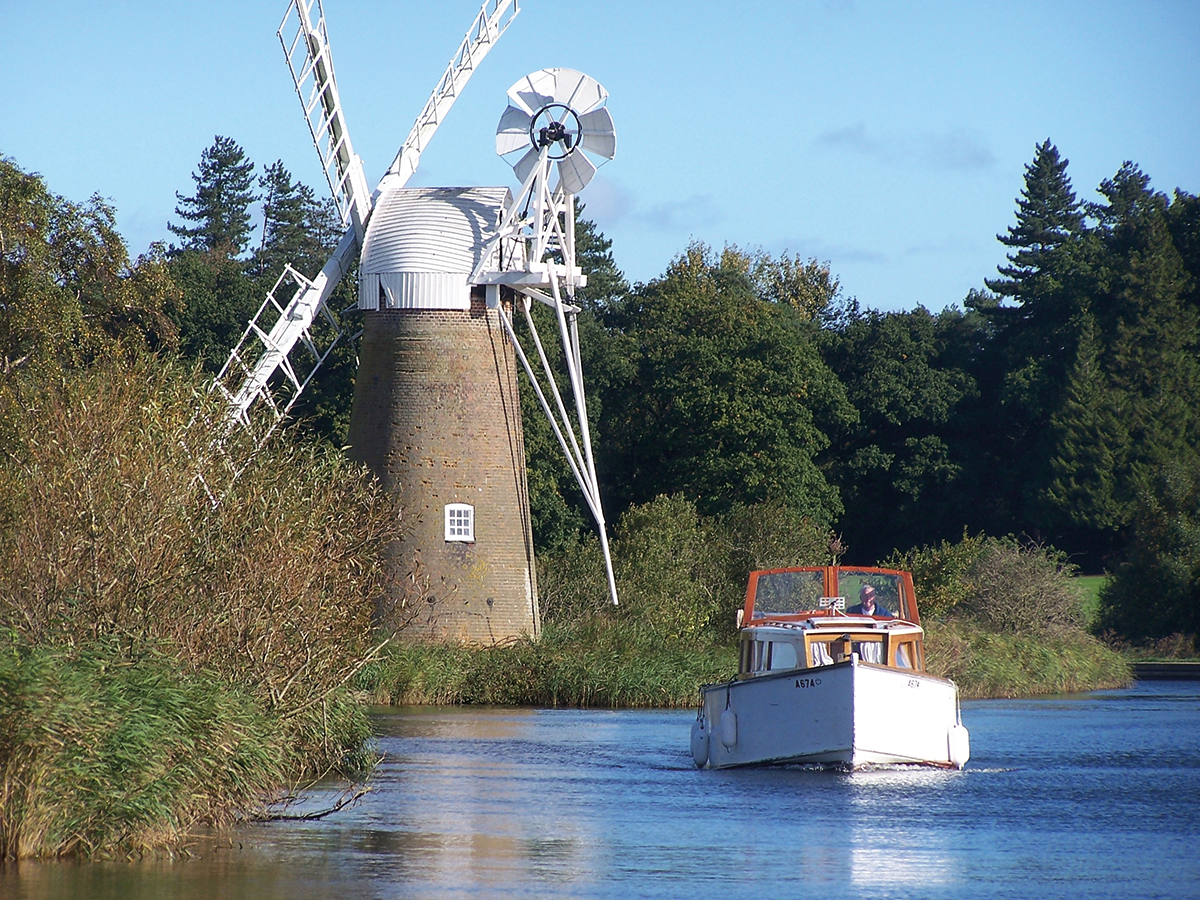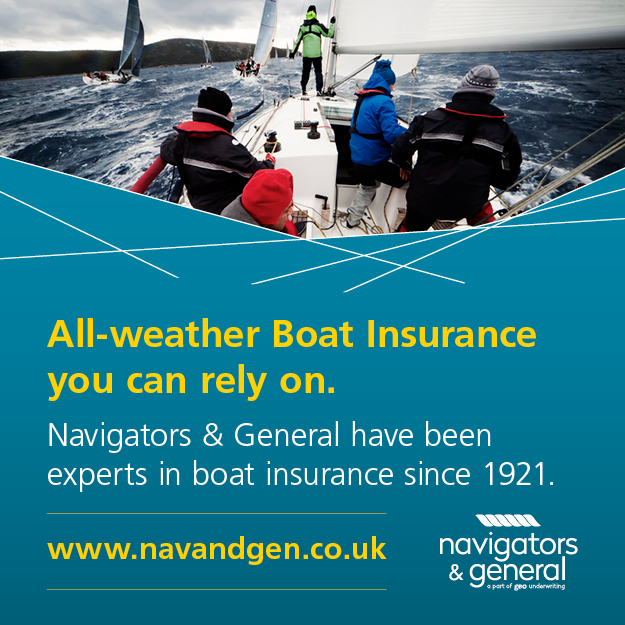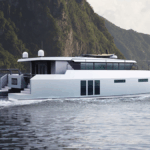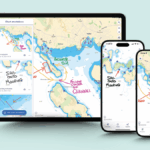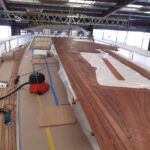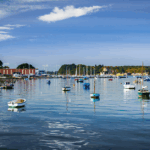For those considering a move away from the coast and heading inland this summer, Clive Edwards shares this introduction to inland cruising.
Britain is blessed with some 3,000 miles of navigable rivers, canals and lakes. Rivers are generally quite wide, are subject to a flow of current, have few locks, and where there are locks, such as on the River Thames, these are usually fairly wide, allowing the passage of boats of a wider beam.
Britain’s canals on the other hand are mostly quite narrow, with mainly unmanned locks only some 7 feet wide, thus restricting their use to boats with a narrow beam.
Lakes, such as those in the Lake District or in Broadland, are not subject to any restrictions in terms of a boat’s beam or draught nor, apart from the lower reaches of the Broads, are they subject to tides or currents, although the larger lakes can become quite choppy in windy weather.
CHOICE OF BOATS
A wide variety of boats are to be found on Britain’s inland waterways, amongst which the following are most commonly seen.
On rivers and lakes there are many wide-beam cruisers, specifically designed for use on inland waterways – usually these have plenty of deck-space and have a centre steering position or cockpit, but some have the steering position forward and many smaller ones have the steering position right aft.
The larger ones are usually powered by inboard engines, mainly diesel engines, while many of the smaller ones have outboard engines. You may also come across sea-going or estuary cruisers which are more powerful, better equipped for longer voyages and these days are often steered from a fly-bridge which is a secondary steering position on top of the cabin. This arrangement is fine on larger rivers and estuaries where there are no low bridges but this, and their wide beam, restricts their use on narrow rivers, such as many on the Broads and on canals.
There are also smaller boats, many of which can be trailed behind a car, and these include small narrow-beam canal cruisers and estuary-going outboard cruisers.
GREEN BOATING
Concerns for the environment, and to reduce noise pollution too, electric-powered boats are becoming more popular, although at present most of these are ‘day boats’ without sleeping accommodation. Of particular importance for the local environment, to reduce noise and pollution, is the strict observance of speed limits; unfortunately some owners of fast craft seem to think that they are immune from speed limits…
Of course, the most environmentally friendly boats of all are those powered by wind – i.e. sailing cruisers and sailing dinghies; sailing is mainly popular only on wide rivers such as the lower reaches of the Thames, or in areas such as the Lake District or the Norfolk Broads, or on large reservoirs where dinghy sailing and racing is popular.
TRADITIONAL CRAFT
Probably the most interesting craft to be found on inland waterways are the traditional narrowboats measuring up to 70 feet long. Steered from a position right aft, they are mainly powered these days by diesel engines and are often beautifully and imaginatively decorated.
On wider waterways you may also come across varieties of former working barges, nowadays often converted to use as a floating and mobile home. These include traditional Thames barges, peniches from France and Dutch barges, however these are all wide-beam craft which restricts their use to wider rivers and lakes.
IS IT FOR YOU…
Operating a boat, whether it is your own or a hired one, on Britain’s inland waterways is not difficult, and in most cases it is actually easier than on mainland European waters because Britain’s inland waterways are nowadays almost exclusively used by pleasure craft whereas the larger European rivers and canals are shared with commercial vessels. The main consideration on Britain’s canals is the fact that, unlike most European waterways, locks in the UK are often un-manned meaning you need to operate them yourselves.
For those who may prefer to get to know Britain’s inland waterways without using a boat there are also lots of attractive and interesting walks beside our rivers and canals, many of which are well-worth exploring on foot or by bicycle.
FURTHER READING:
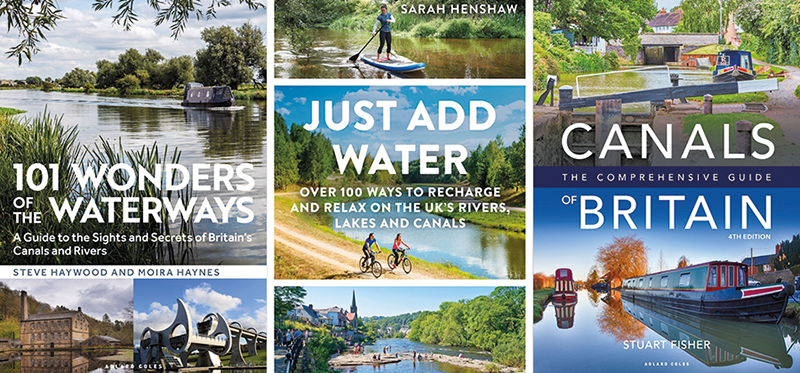
101 Wonders of the Waterways – A guide to the sights and secrets of Britain’s canals and rivers
Canals of Britain – The Comprehensive Guide
Just Add Water – Over 100 ways to recharge and relax on the UK’s rivers, lakes and canals
www.bloomsbury.com





